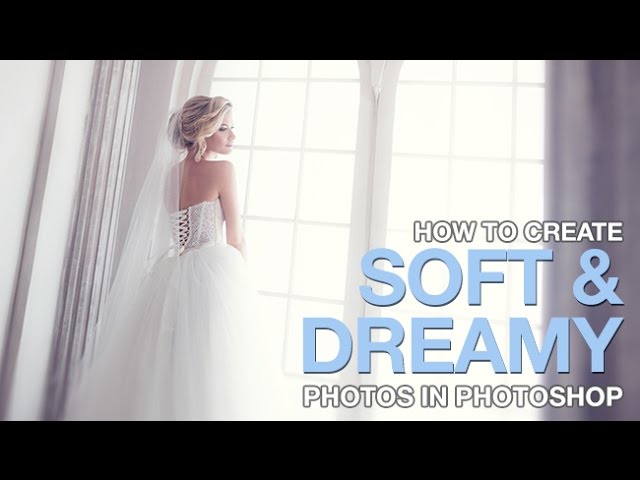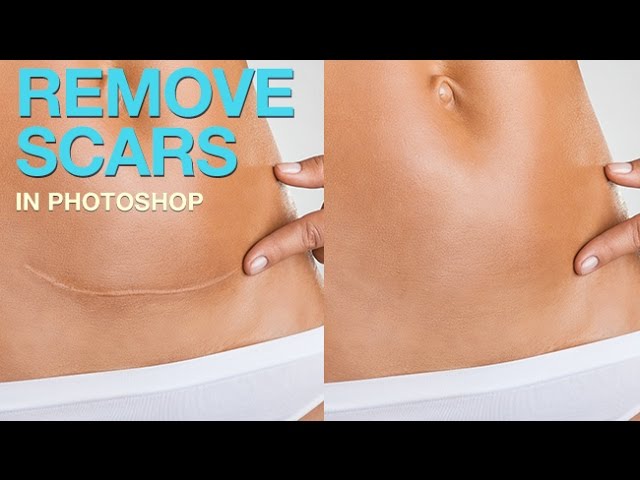Our #1 PRO Tutorial ever is now on Sale! https://phlearn.com/popular
How to Colorize in Photoshop
Take control of color in today’s episode – learn how to use Colorize to change the color of any object in Photoshop!
Create a Selection of the Area You Want to Colorize
In order to colorize a specific area of a photo, first you will need to create a selection around that area. In this example, we use “Select-Color Range’ to select out the pink hair.
After making the selection it needs to be refined. To refine the selection even more, hold ALT/OPTN and click on the layer mask of the Hue/Saturation Adjustment layer and paint white or black with the Brush Tool set to ‘Overlay’ Blend Mode.
Hue/Saturation + Colorize
Once the selection around the hair is perfect, click on the ‘Colorize’ Button in the Hue/Saturation Adjustment Layer Properties window.
When Colorizing an image, you have control over Hue, Saturation, and Lightness. You can use the combination of these three sliders to make any color.
In this tutorial, we use several Hue/Saturation Adjustment Layers to Colorize different parts of the hair and eye shadow.
How to Use Two Layer Masks on One Layer
In this example we work hard to create a great selection around the hair of the subject. Because we want to colorize different parts of the hair, it makes sense to keep the original layer mask intact.
To keep the original layer mask intact and hide additional parts of a layer, try grouping a layer with itself and adding a layer mask to that group. This is a way to effectively have two layer masks controlling the visibility of one layer.
VISIT PHLEARN.COM FOR MORE FREE TUTORIALS
SUBSCRIBE NOW FOR MORE FREE TIPS AND TRICKS
http://www.youtube.com/subscription_center?add_user=phlearnllc
GET FREE TUTORIALS SENT TO YOUR EMAIL + DISCOUNTS ON OUR PRO TUTORIALS!
https://phlearn.com/mail
LET’S BE FRIENDS!
Instagram ► https://www.instagram.com/phlearn/
Facebook ► https://facebook.com/phlearn
Twitter ► https://twitter.com/phlearn
Google+ ► https://plus.google.com/116791098059215639405
Phlearn ► https://phlearn.com









